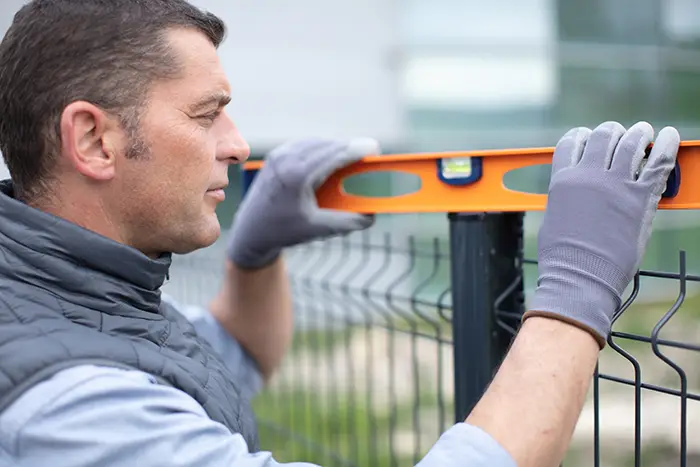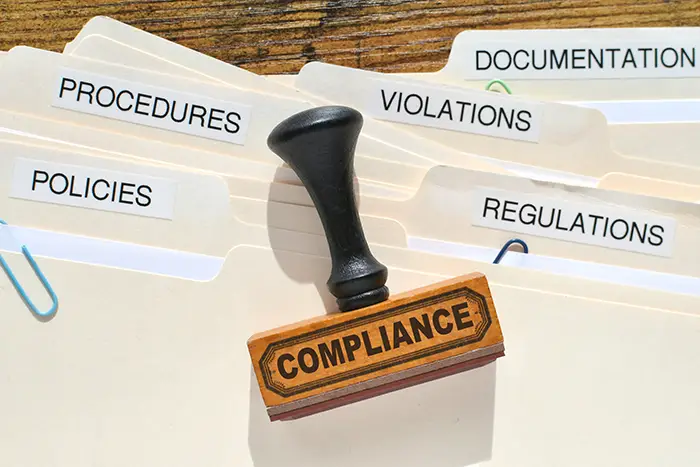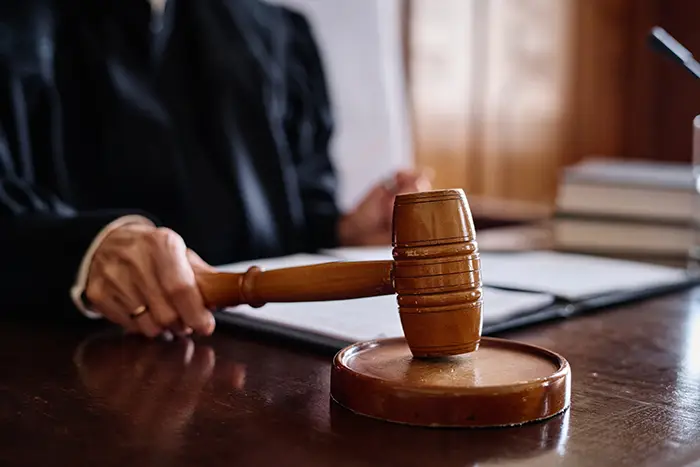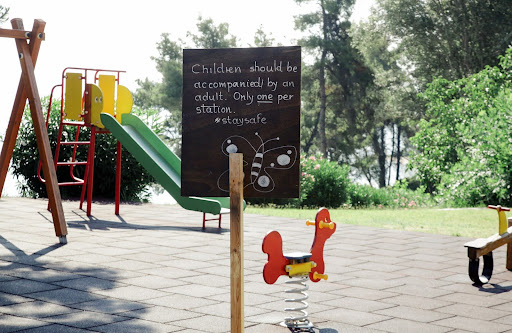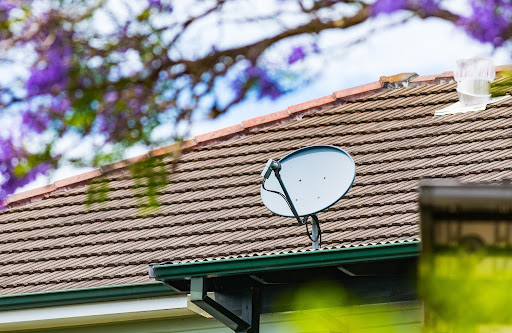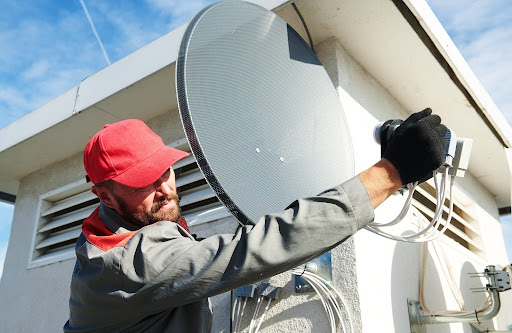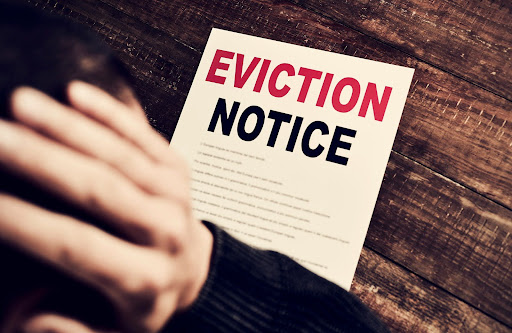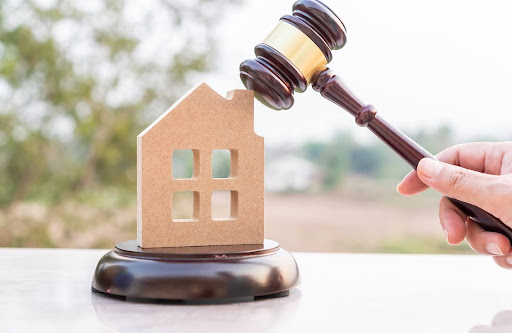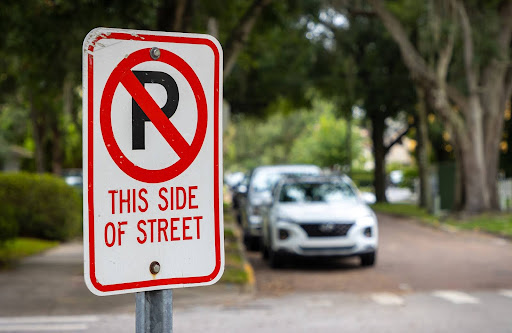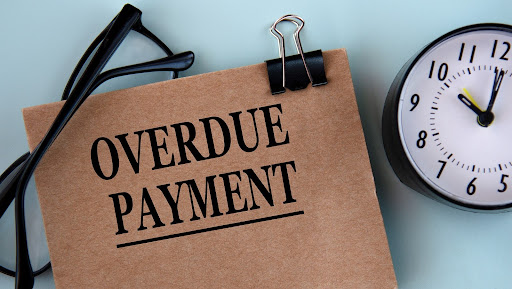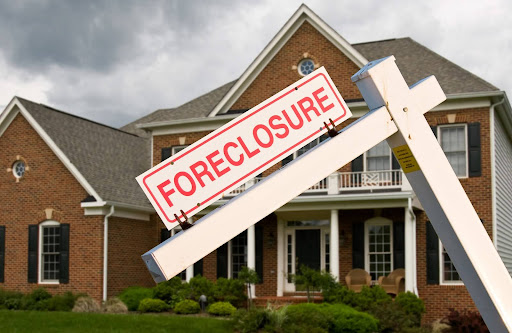Florida Rules On HOA Fence Heights: Avoid Fines And Frustration
Fences may seem simple, but they can quickly become a headache if homeowners and HOA boards aren’t on the same page. In Florida, understanding the rules about fence heights can save residents from costly violations and help HOA boards enforce regulations fairly.
Let’s break down everything homeowners and HOA boards in Florida need to know about fence heights, from common standards to state laws and association-specific guidelines.
Why Fence Heights Matter in Florida HOAs
Fences serve multiple purposes: they add privacy, keep pets and children safe, and define property boundaries. However, in HOA communities, personal preferences about the height of the fence can’t always take priority.
Florida HOA boards are legally allowed to set rules governing fence construction, including specific limits on fence heights. These rules help preserve the look and feel of the neighborhood, maintain home values, and ensure that one homeowner’s fence doesn’t block a neighbor’s view or access to sunlight.
What Are Standard Fence Height Limits?
When talking about regular fence heights, it’s helpful to understand what’s considered typical in residential areas across Florida:
- Front yard fences: Usually capped at 3 to 4 feet.
- Backyard fences: Often allowed up to 6 feet.
- Corner lots: May have stricter rules due to line-of-sight safety concerns for drivers.
These are general guidelines, not statewide mandates. The real rules governing fence heights in HOAs are found in the community’s governing documents and Florida HOA statutes.
Florida HOA Fence Laws: The Legal Foundation
Florida’s Homeowners’ Association Act (Chapter 720, Florida Statutes) allows HOAs to create and enforce rules about exterior modifications, including fences. However, the law also requires that:
- HOA architectural review processes should be fair and consistent.
- Homeowners will be given notice and an opportunity to appeal decisions.
- Restrictions and rules should be documented clearly in the association’s governing documents.
While Florida law doesn’t set a standard fence height for all HOAs, it gives associations the authority to do so. Boards must strike a balance between enforcing uniformity and accommodating homeowner needs.
Common HOA Fence Height Rules
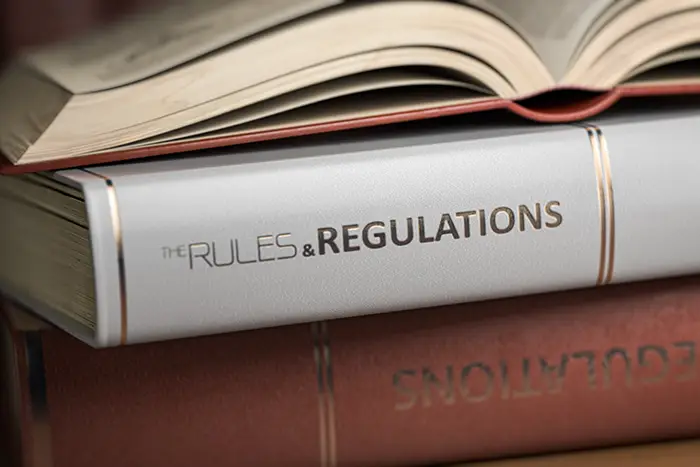
In practice, most Florida HOAs adopt specific fence height rules as part of their architectural guidelines or CC&Rs. Here are some common features:
- Height limits: Many HOAs restrict fence heights to 6 feet in the backyard and 3–4 feet in the front yard.
- Material and style requirements: Chain-link fences are often banned; wood, vinyl, or wrought iron may be required.
- Approval process: Most associations require residents to submit plans to an architectural review board before installation.
- Setbacks and property lines: Fences usually must be installed a certain distance from sidewalks, roads, or easements.
If these rules aren’t followed, a homeowner could face penalties, even if the fence height complies with city or county zoning laws.
Local Zoning vs. HOA Rules: Which Takes Priority?
This is where things can get confusing. Florida cities and counties set zoning regulations that include maximum fence heights based on land use and location. However, just because your city allows a 6-foot privacy fence doesn’t mean your HOA does.
Here’s how the relationship works:
- Local zoning sets the legal ceiling: You can’t go above the city or county limit.
- HOA rules can be stricter: Associations can impose tighter limits than the local government, but not looser ones.
So even if your city says 6 feet is fine, if your HOA’s rules say 5 feet, that’s the limit you’ll have to follow.
Enforcement and Violations: What Happens When Rules Are Ignored?
Violating HOA fence rules, especially those regarding fence heights, can lead to consequences ranging from fines to legal action. Here’s what usually happens:
- Violation notice: The HOA sends a formal letter informing the homeowner that their fence is out of compliance. This is often referred to as an HOA violation notice.
- Opportunity to correct: The homeowner is given time to remove, lower, or otherwise fix the fence.
- Fines and legal action: If the issue isn’t resolved, the HOA may impose fines (as allowed under Florida law), suspend use of amenities, or file a lawsuit.
Boards must follow proper procedures when issuing a fence violation, including notice requirements and an opportunity for the homeowner to request a hearing.
Architectural Review and Approval Process
To avoid frustration, the best approach for homeowners is to go through the HOA’s architectural review process before building or modifying a fence. This process usually involves:
- Submitting a fence application detailing the proposed fence’s height, material, and location.
- Providing drawings or schematics.
- Waiting for approval before starting any work.
Many HOAs have architectural committees that meet monthly to review such requests. Homeowners should always check whether their planned fence complies with both the HOA fence restrictions and the local zoning code.
Exceptions and Special Circumstances
Sometimes, homeowners have legitimate reasons to request exceptions to standard fence height rules. Some of these reasons include keeping a large dog safely enclosed, addressing a security concern, or mitigating noise from a busy road.
HOA boards in Florida do have some flexibility to grant variances or exceptions, but they should be careful to:
- Apply criteria consistently.
- Document their decision-making process.
- Avoid setting precedents that could open the door to disputes or accusations of unfair treatment.
Reasonable accommodations may also be required under the Fair Housing Act in cases involving disabilities.
Tips for HOA Boards on Managing Fence Height Issues
For HOA board members, managing disputes over fence heights and enforcing the rules fairly is part of the job. Here are a few best practices:
- Keep rules clear and updated: Ensure your architectural guidelines clearly spell out the limits for fence heights in HOAs.
- Educate homeowners: Include fence rules in welcome packets and post reminders on community websites or newsletters.
- Document everything: Keep records of applications, approvals, violations, and communications in case disputes arise.
- Be consistent: Apply the same rules and procedures to every homeowner to avoid the appearance of favoritism or bias.
- Work with professionals: Consult your HOA attorney or manager when handling violations or potential legal issues.
Well-documented and consistently applied rules help avoid costly litigation and keep your community peaceful and visually appealing.
What Homeowners Should Know Before Installing a Fence
If you’re a Florida homeowner planning to install or replace a fence in an HOA community, here are a few steps to avoid issues:
- Review your HOA’s CC&Rs and architectural guidelines: Don’t assume that city code is enough.
- Check local zoning laws: Confirm what your county or municipality allows in terms of fence heights.
- Submit an application: Get approval from your HOA before spending money on materials or contractors.
- Work with a licensed contractor: They should be familiar with local and HOA requirements.
- Communicate: If you think your fence needs to be higher than allowed, talk to the HOA board early.
Being proactive can save time, money, and a lot of frustration down the road.
Changing the Rules: Can Fence Heights Be Amended?
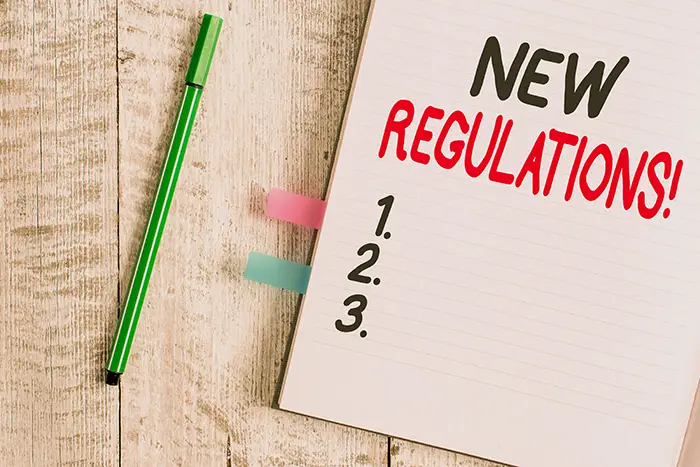
If enough residents feel the current fence height rules are too strict (or too loose), it is possible to push for a rule change. This typically involves:
- Submitting a petition.
- Holding a vote among HOA members.
- Amending the governing documents if the vote passes.
The exact process depends on the HOA’s bylaws. Keep in mind that changing the rules usually requires a supermajority vote.
HOAs should only consider rule changes after community input, legal review, and consultation with their property management company to ensure the changes are enforceable and legally sound.
Following Fencing Rules
In Florida HOA communities, the rules on fence heights are enforceable standards that protect property values and neighbourhood aesthetics. By following HOA fence rules, seeking approval, and respecting both state and local laws, homeowners and board members can keep things running smoothly on both sides of the fence.
Need help with enforcing architectural guidelines in your Florida community? Freedom Community Management provides HOA management services in Florida. Call us at 904-490-8191 or contact us online to learn more!

